Check out Lobo on YOU TUBE:
•••••••••••••••••••••••••••••••••••••••••••••••••••••••••••••••
www
.youtube.com/user/travelswithlobo
**********************************************************
First Time Reader? ......here is the background to this series of blogs:
http://www.travelpod.com/travel-blog-entries/lobo/9/1233502800/tpod.html
Mexico: 23 Destinations to Spend the Winter Months
Campeche
no. 20 of 23 destinations (this is not a ranking
--------------------------------------------
Population: 175,000
Capital city of state by the same name
UNESCO World Heritage site
Location: Gulf of Mexico side of the Yucatan Peninsula
Founded by San Francisco de Montejo
Also known as San Francisco de Campeche
---------------------------------------------
Campeche – the Cadiz of Mexico
(part 1 of 3)
It was with a great deal of anticipation that we undertook this next leg of our Mexican tour
. Why the anticipation? The next part of our journey was a 10-hour overnight bus ride from San Cristobal de Las Casas to Campeche that would bring us to the Yucatan Peninsula and the white sands of the Caribbean Sea (Gulf of Mexico).
"All long-distance buses have two drivers and the idea is for one driver to crawl into a coffin-sized compartment near the baggage compartment to sleep while the other driver had command of the bus."
The Yucatan is well known in the world of tourism for its archeological sites such as Uxmal and Chechen Itza as well as for the beautiful Mayan Riviera. It stretches along the east coast of the Yucatan from world famous Cancun to the Tulum region – an area where one beach is more beautiful than the next.
Our destination of Campeche on the west side of the Yucatan peninsula is relatively unknown which sometimes supplies the best thrill in travel and Campeche was one of those times
.
I don't know whether it was just the excitement of getting to the Caribbean Coast or plain determination but I did not mind the long overnight bus ride which for me means a minimum of sleep and a maximum of watching Barbara sleep.
It also gave me lots of opportunity to observe the skills of the bus drivers in guiding the behemoth of a bus along the narrow roads and exercising their passing skills in situations that had my palms sweating. It was for that reason that we always took seats in the middle of the bus on the right side. All long-distance buses have two drivers and the idea is for one driver to crawl into a coffin-sized compartment near the baggage compartment to sleep while the other driver had command of the bus. Needless to say one of the attributes of a Mexican bus driver is not to suffer from claustrophobia and to be able to sleep while the vehicle is being driven on bumpy roads and over “topes”, the ubiquitous speed bumps that can be found along Mexico’s highways whenever there is any sign of civilization
. It boggles the mind how much fuel is used and green house gases emitted as a result of the topes. On the other hand, the numbers of lives that may have been saved by slowing traffic are immeasurable.
Other than short stops to pick up bleary-eyed passengers at various bus stations there was only one major stop for supper in the middle of the night. The two bus drivers already had their table prepared and in short time a full course meal was in progress. Of course in Mexico it would be unthinkable to have this supper-in-the-middle-of-the-night without watching television, which is what the two bus drivers did.
I don’t know whether you have ever noticed but when you walk through an airport the pilots can not only be recognized by their uniforms but also, for the most part, by their looks as a lot of them have distinguished or dashing looks. The same can be said for most Mexican long-distance bus drivers as they also have a look about themselves
. On the other hand, municipal bus drivers are truly “run of the mill” as they drive to the beat of blaring music. I must admire them nevertheless for their ability to give change with one hand while driving with the other.
There was one more thing about our all-night bus ride that was memorable if not sinful. In this case it was sinful by omission.
How could we have not gotten off the bus in the middle of the night to put us in a position to visit one of the greatest archeological sites in Mexico – Palenque? You may not know it by its name but when you take a look at a photo you will probably react with – “Oh, yes I have seen that before – that is awesome!”
http://www.allaboutmexico.com/Archeological/index.htm
It is not that we slept through the stop but it was rather justified with –“we came to Mexico to explore 23 destinations to spend the winter months”
. At least that is what we said but the overwhelming factor was lack of time. We only had five days before our departure and we still had three more destinations to explore.
We arrived early on a Sunday morning in a deserted city of Campeche that is located in a state by the same name. Our usual strategy of having a taxi driver take us to a hotel was put to the test as we visited three hotels before going back to the second one – the Hotel Lopez.
Our first impression of deserted Campeche was “wow – what a neat place”. Mexico has the capacity of surprise with its diversity and Campeche - at least historic Campeche - was a town like no other.
It is unique for its “centro historico” that is completely enclosed by huge stonewalls. By comparison, not even Quebec City or St. Augustine in Florida has its walls completely intact.
A closer examination of the city map corrects the assertion I just made based upon recollection or impression
. It seems the original walls only stand along the north and south sides of Campeche. So maybe in the end only Lucca in Tuscany has a city that is entirely enclosed and yes, there is Carcassonne in the south of France and St. Malo in Bretagne and “j’en passe”. That’s an expression that the French use meaning that one could list many more examples if necessary. In my case it is simply a closer.
Entry into the “centro historico” from the north and south is gained through various arched gates that reveal an awe-inspiring interior. Most remarkable are the uniformity of architecture, the narrowness of the smooth “ersatz” cobblestoned streets and the lack of electric wires as they are buried underground. It all seemed to fit together to produce a wonderful scene that immediately brought to mind the town of Cadiz in Andalusia, Spain. The similarity was astounding in these two beautifully restored cities, at least as I recalled it.
I visited Cadiz in 1996 when I did a home exchange from Ottawa, Ontario to beautiful Marbella on the Costa del Sol in southern Spain
. From Marbella it is a natural to visit Gibraltar. Once in Gibraltar, Cadiz is not much further beyond that.
The Spaniards established Campeche and they must have had Cadiz in mind when they built this beautiful town.
The biggest challenge in the “centro historico” is to not get lost. So as I left the hotel after a long nap in search of a coffee I strained to remember the street names that would lead me back to the hotel to a Barbara that once again had the ability to out sleep me by a long shot. The getting lost part is anchored in the homogeneity of architecture and the look of the beautiful streets. It all looks the same in a very positive way and on this Sunday there were very few people on the street. The look of old Campeche is also preserved by by-laws that prohibit any protruding commercial signs. It all makes for a classy place.
Since I greatly appreciate architecture it was a pleasure to walk around and enjoy the look of Old Spain as I had never seen it before
. Since the theme of this trip was “23 Destinations to Spend the Winter Months” it was easy to project myself living in this “Disneyworld-like” theme park. It was astonishing and perhaps a stretch when someone told us that there are only three families who permanently live in the centro historico. That would have left it to various businesses, hotels and non-residential use buildings, which would have explained the eerie lack of people on this Sunday morning.
On my search for a coffee and just to get my bearings I directed myself towards the Gulf of Mexico and the beautiful malecon where later we eventually took enough photos to write a separate blog.
Heading back into the city I finally found some signs of life in the charming main square in front of the cathedral.
After grabbing a coffee the trick was to find my way back to the hotel in this city bereft of major landmarks. Streets running north-south are identified by odd numbers and streets running east-west are even numbered
. I find this mundane and bereft of any imagination. This is hardly becoming of such a charming place like the historical center of Campeche. Be that as it may it did help me get back to the hotel. Speaking of the hotel, as the photos will attest the Hotel Lopez was probably the best we stayed in during our entire trip – all at the reasonable price of 500 pesos.
Coming Soon:
Campeche – The Malecon
Part 2 of 3
--------------------------------------------------
Feedback: travelswithlobo@yahoo.com
----------------------------------------------------
Campeche - The Cadiz of Mexico
Tuesday, January 20, 2009
 Campeche, Campeche, Mexico
Campeche, Campeche, Mexico
Other Entries
-
165Barra de Navidad - The Beach and Malecón
Jan 0515 days prior Barra de Navidad, Mexicophoto_camera58videocam 0comment 0
Barra de Navidad, Mexicophoto_camera58videocam 0comment 0 -
166Melaque - A Lesson on "Ejido Land"
Jan 0614 days prior Barra de Navidad, Mexicophoto_camera62videocam 0comment 5
Barra de Navidad, Mexicophoto_camera62videocam 0comment 5 -
167Colima - La Ciudad de las Palmeras
Jan 0614 days prior Colima, Mexicophoto_camera93videocam 0comment 0
Colima, Mexicophoto_camera93videocam 0comment 0 -
168Comala - "Pueblo Magico"
Jan 0713 days prior Comala, Mexicophoto_camera61videocam 0comment 1
Comala, Mexicophoto_camera61videocam 0comment 1 -
169Cuyutlán- Some Like it Remote and Memories of Hell
Jan 0713 days prior Cuyutlán, Mexicophoto_camera67videocam 0comment 3
Cuyutlán, Mexicophoto_camera67videocam 0comment 3 -
170Zihuatanejo - The Yang Next Door to Ixtapa
Jan 0911 days prior Zihuatanejo, Mexicophoto_camera40videocam 0comment 0
Zihuatanejo, Mexicophoto_camera40videocam 0comment 0 -
171Acapulco - Still Number One?
Jan 1010 days prior Acapulco, Mexicophoto_camera51videocam 0comment 1
Acapulco, Mexicophoto_camera51videocam 0comment 1 -
172Puerto Escondido - The Antithesis of a Resort Town
Jan 119 days prior Puerto Escondido, Mexicophoto_camera84videocam 0comment 5
Puerto Escondido, Mexicophoto_camera84videocam 0comment 5 -
173Huatulco - Last Destination on the Pacific Coast
Jan 128 days prior Huatulco, Mexicophoto_camera96videocam 0comment 0
Huatulco, Mexicophoto_camera96videocam 0comment 0 -
174Oaxaca - City of the Four "C"s - Coffee, Chocolate
Jan 146 days prior Oaxaca, Mexicophoto_camera239videocam 0comment 0
Oaxaca, Mexicophoto_camera239videocam 0comment 0 -
175Oaxaca - Monte Alban
Jan 164 days prior Oaxaca, Mexicophoto_camera58videocam 0comment 0
Oaxaca, Mexicophoto_camera58videocam 0comment 0 -
176Oaxaca - San Agustin Etla - "Ersatz" Provence
Jan 164 days prior Oaxaca , Mexicophoto_camera113videocam 0comment 0
Oaxaca , Mexicophoto_camera113videocam 0comment 0 -
177San Cristobal de Las Casas - The Aura
Jan 173 days prior San Cristobal de las Casas, Mexicophoto_camera83videocam 0comment 0
San Cristobal de las Casas, Mexicophoto_camera83videocam 0comment 0 -
178San Cristobal de Las Casas - Further Reflections
Jan 182 days prior San Cristobal de las Casas, Mexicophoto_camera72videocam 0comment 0
San Cristobal de las Casas, Mexicophoto_camera72videocam 0comment 0 -
179San Cristobal de Las Casas - The Excursions
Jan 182 days prior San Cristobal de las Casas, Mexicophoto_camera142videocam 0comment 0
San Cristobal de las Casas, Mexicophoto_camera142videocam 0comment 0 -
180San Cristobal de Las Casas - Na Bolom Museum
Jan 191 day prior San Cristobal de las Casas, Mexicophoto_camera43videocam 0comment 0
San Cristobal de las Casas, Mexicophoto_camera43videocam 0comment 0 -
181San Cristobal de las Casas - The Market
Jan 20earlier that day San Cristobal de las Casas, Mexicophoto_camera36videocam 0comment 0
San Cristobal de las Casas, Mexicophoto_camera36videocam 0comment 0 -
182Campeche - The Cadiz of Mexico
Jan 20 Campeche, Mexicophoto_camera48videocam 0comment 0
Campeche, Mexicophoto_camera48videocam 0comment 0 -
183Campeche - The Malecon
Jan 20later that day Campeche , Mexicophoto_camera49videocam 0comment 0
Campeche , Mexicophoto_camera49videocam 0comment 0 -
184Campeche - Outside Centro Historico
Jan 211 day later Campeche , Mexicophoto_camera64videocam 0comment 3
Campeche , Mexicophoto_camera64videocam 0comment 3 -
185Merida - Where Were You On This Day?
Jan 233 days later Merida, Mexicophoto_camera29videocam 0comment 2
Merida, Mexicophoto_camera29videocam 0comment 2 -
186Merida - High Expectations and First Impressions
Jan 233 days later Mérida, Mexicophoto_camera95videocam 0comment 0
Mérida, Mexicophoto_camera95videocam 0comment 0 -
187Merida - The Remarkable Paseo de Montejo
Jan 244 days later Merida, Mexicophoto_camera114videocam 0comment 0
Merida, Mexicophoto_camera114videocam 0comment 0 -
188Playa del Carmen - Is This the Place For You?
Jan 255 days later Playa del Carmen, Mexicophoto_camera65videocam 0comment 0
Playa del Carmen, Mexicophoto_camera65videocam 0comment 0 -
189Playa del Carmen - the Beach
Jan 255 days later Playa del Carmen, Mexicophoto_camera56videocam 0comment 0
Playa del Carmen, Mexicophoto_camera56videocam 0comment 0 -
190Puerto Morelos - Dream Come True
Jan 277 days later Puerto Morelos, Mexicophoto_camera50videocam 0comment 0
Puerto Morelos, Mexicophoto_camera50videocam 0comment 0 -
191Tulum - Mayan Slendour in a Grand Setting
Jan 277 days later Tulum, Mexicophoto_camera99videocam 0comment 0
Tulum, Mexicophoto_camera99videocam 0comment 0 -
192Mexico: 23 Destinations - The Epilogue
Jan 18363 days later Victoria, Canadaphoto_camera2videocam 0comment 0
Victoria, Canadaphoto_camera2videocam 0comment 0 -
193After Mexico: What Now?
Jan 22367 days later Victoria, Canadaphoto_camera0videocam 0comment 0
Victoria, Canadaphoto_camera0videocam 0comment 0 -
194Why Panama?
Jan 23368 days later Victoria, Canadaphoto_camera1videocam 0comment 0
Victoria, Canadaphoto_camera1videocam 0comment 0 -
195Panama City - Getting There
Jan 23368 days laterPanamaphoto_camera122videocam 0comment 2 -
196Panama City - The Cinta Costera
Jan 24369 days later Panama City, Panamaphoto_camera47videocam 0comment 4
Panama City, Panamaphoto_camera47videocam 0comment 4 -
197Panama City - Casco Viejo - UNESCO World Hertitage
Jan 25370 days later Panama City, Panamaphoto_camera119videocam 0comment 0
Panama City, Panamaphoto_camera119videocam 0comment 0 -
198Panama City - The Fish Market
Jan 26371 days laterPanamaphoto_camera89videocam 0comment 0 -
199Panama Ctiy: Gran Terminal and the Albrook Mall
Jan 26371 days later Panama City, Panamaphoto_camera61videocam 0comment 5
Panama City, Panamaphoto_camera61videocam 0comment 5 -
200Panama City: Panama Canal
Jan 27372 days later Panama City, Panamaphoto_camera131videocam 0comment 1
Panama City, Panamaphoto_camera131videocam 0comment 1

 Campeche, Campeche, Mexico
Campeche, Campeche, Mexico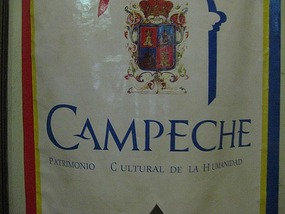
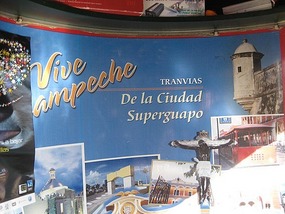
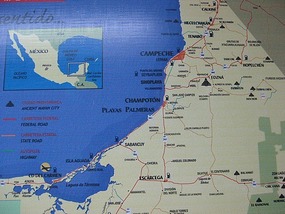
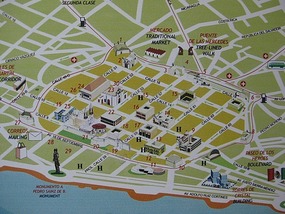
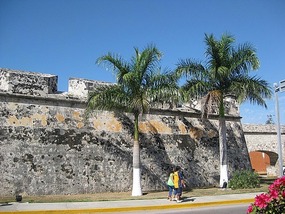
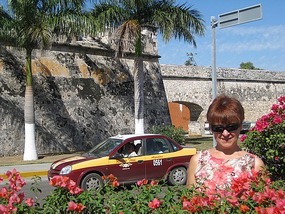
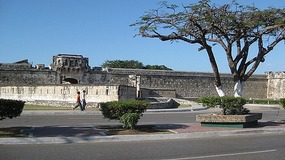
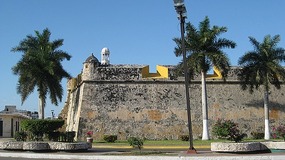
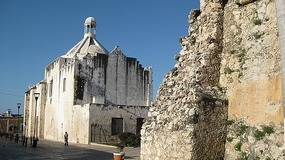
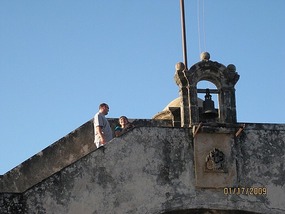



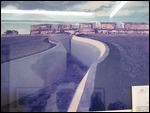
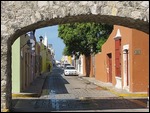



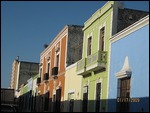
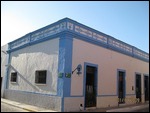
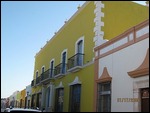
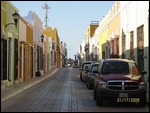





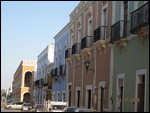

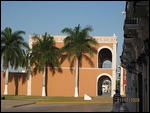
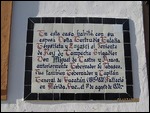
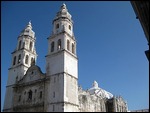
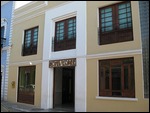
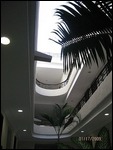
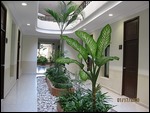
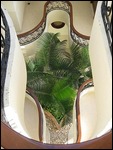
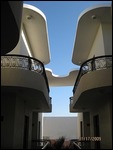

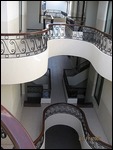
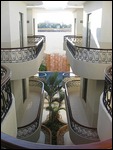
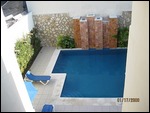
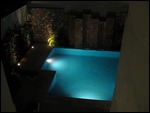
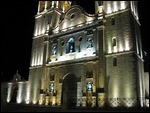
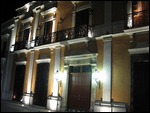
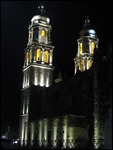
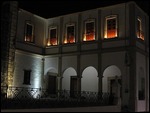
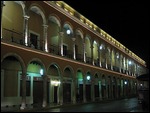
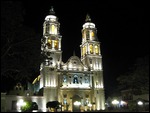
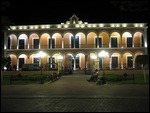
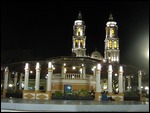
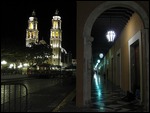
2025-05-22